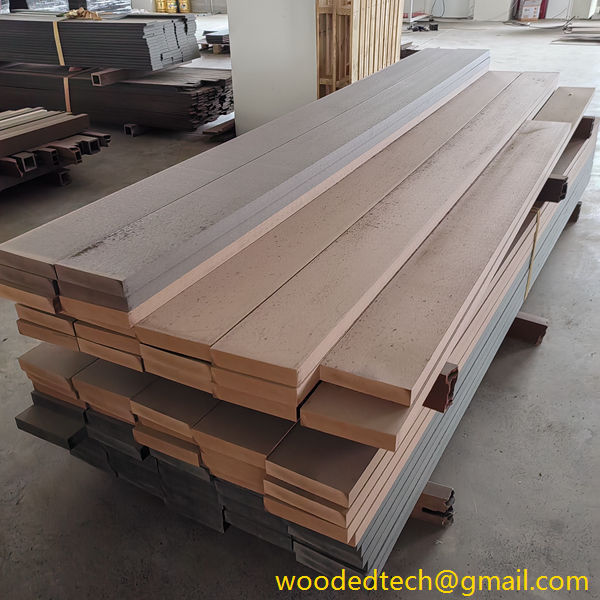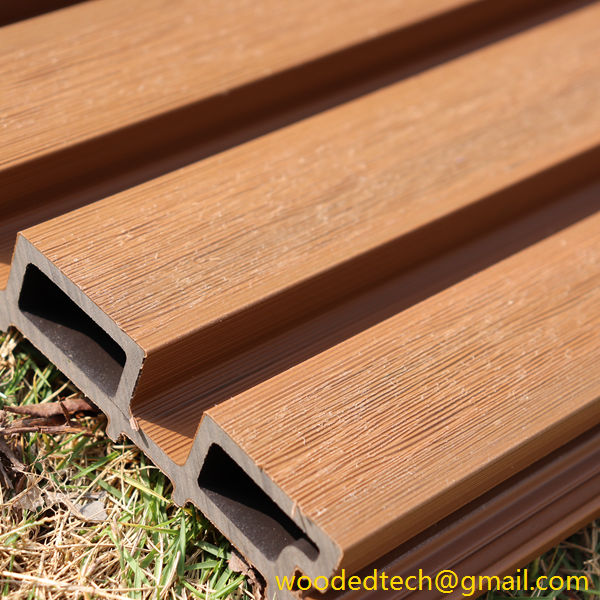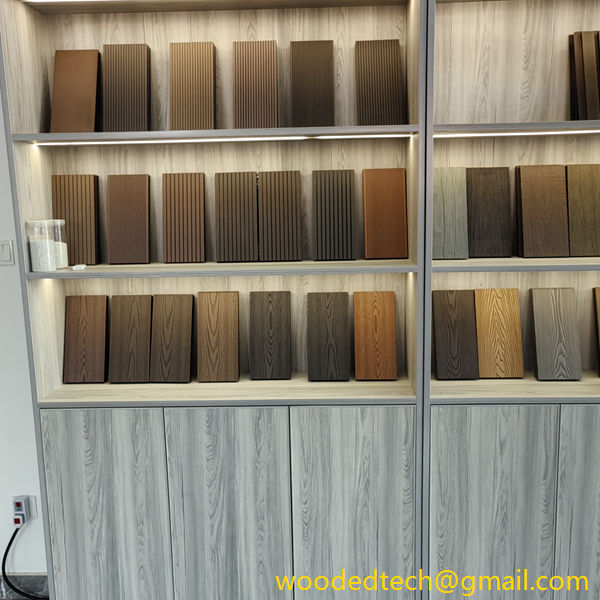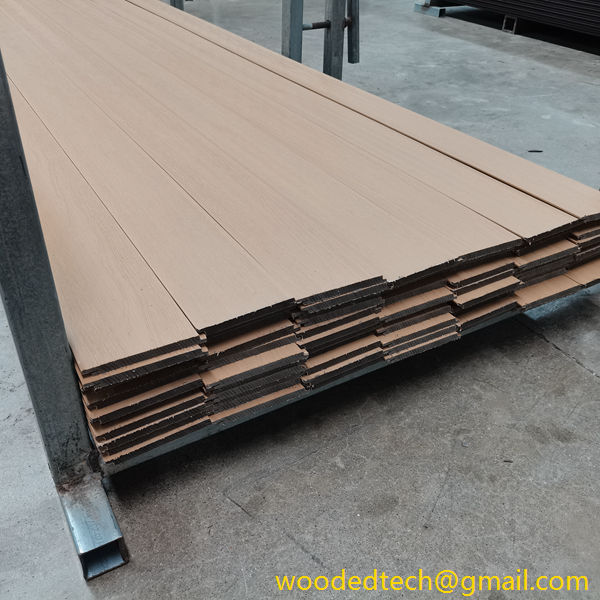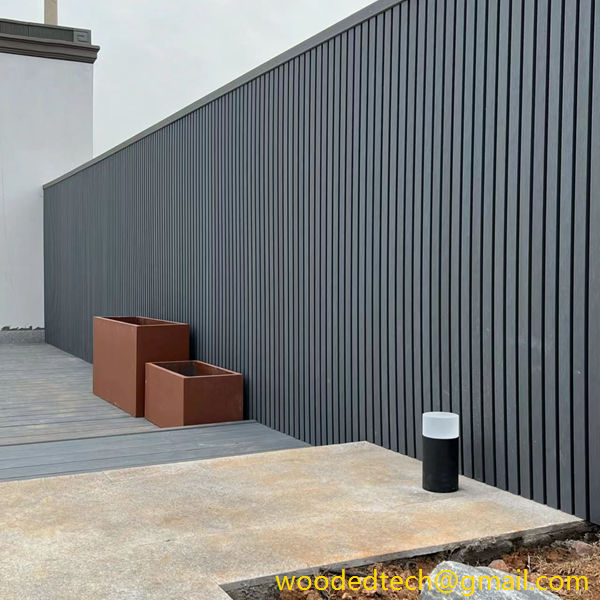Discover the Benefits of WPC Composite Wall Cladding
In recent years, the construction industry has witnessed a significant shift towards innovative materials that not only enhance the aesthetic appeal of buildings but also contribute to sustainability. One such material that has gained remarkable popularity is Wood Plastic Composite (WPC) wall cladding. This advanced material offers numerous advantages, particularly when viewed through the lenses of global production capacity and price competitiveness. Understanding these benefits can help architects, builders, and homeowners make informed decisions regarding their construction and renovation projects.
WPC is a composite material made from a blend of wood fibers and plastic. This unique combination results in a product that maintains the natural look of wood while providing the durability and weather resistance of plastic. As global production capacity for WPC continues to expand, it is becoming increasingly accessible to various markets. This growth in production is largely driven by the rising demand for environmentally friendly materials, as well as the need for sustainable building practices. WPC is often manufactured using recycled materials, making it an eco-conscious choice for those looking to reduce their carbon footprint.
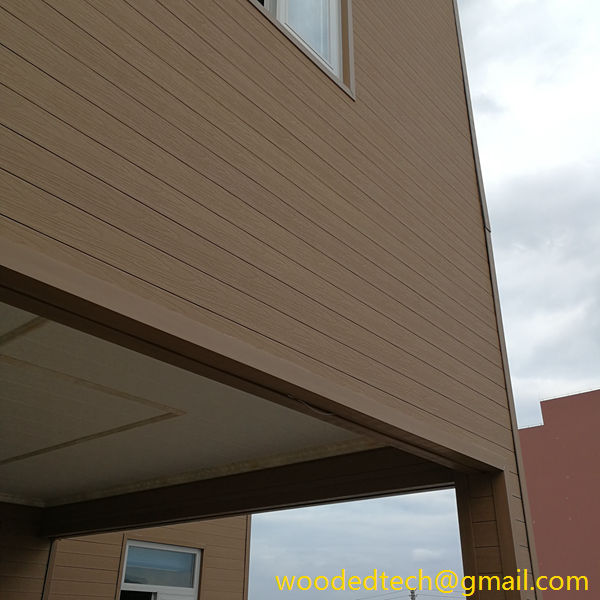
The widespread availability of WPC wall cladding has also led to increased competition among manufacturers. This competition has resulted in a more diverse range of products, with various styles, colors, and finishes to choose from. Homeowners and builders can now find a WPC cladding solution that meets their specific aesthetic and functional requirements. Moreover, as production techniques improve, the quality and performance of WPC products continue to advance, further solidifying their position in the market.
From a price perspective, WPC wall cladding presents a compelling option for construction projects. As global manufacturers ramp up production, economies of scale begin to take effect, resulting in lower costs for consumers. Compared to traditional wood cladding, WPC is often more affordable, particularly when factoring in the long-term savings associated with maintenance and durability. WPC is resistant to rot, insects, and warping, meaning that homeowners will spend less time and money on upkeep over the years.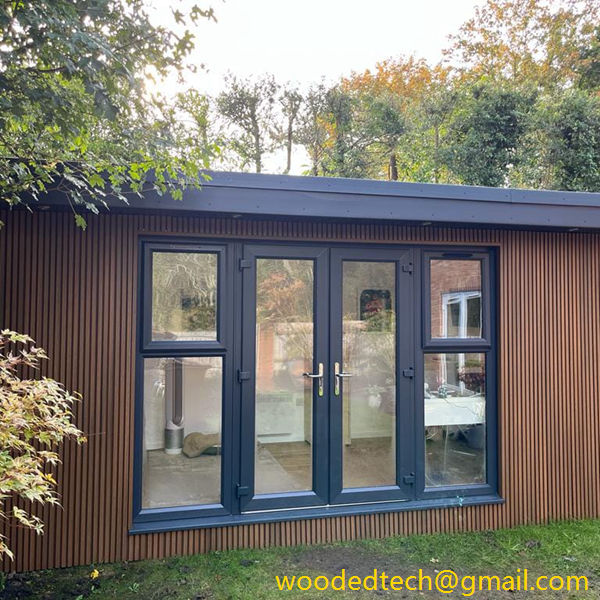
Another significant advantage of WPC wall cladding is its ease of installation. Many manufacturers produce WPC products that are designed for straightforward assembly, reducing labor costs and time spent on installation. This ease of use is particularly beneficial for builders who are managing tight project timelines. Additionally, WPC materials can be cut and shaped using standard woodworking tools, eliminating the need for specialized equipment that may be required for other cladding materials.
In terms of thermal efficiency, WPC wall cladding offers excellent insulating properties. This can lead to reduced energy consumption for heating and cooling, resulting in lower utility bills for homeowners. As energy costs continue to rise globally, the appeal of energy-efficient building materials like WPC becomes increasingly significant. Furthermore, the durability of WPC means that it can withstand harsh weather conditions, ensuring that buildings remain energy-efficient over time.
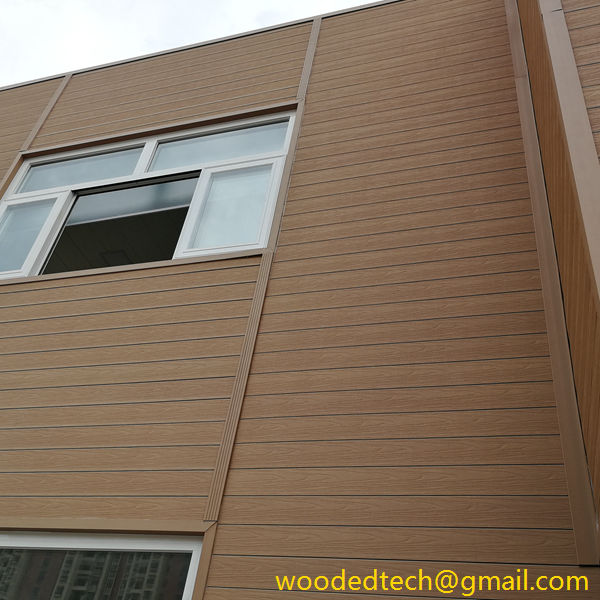
The aesthetic versatility of WPC wall cladding cannot be overlooked. The material can be designed to mimic the appearance of natural wood while offering a range of colors and finishes that allow for creative expression in architectural design. This versatility makes WPC an attractive option for both residential and commercial projects. Whether a property owner is looking for a modern, sleek finish or a more rustic appearance, WPC can be customized to meet various design preferences.
Moreover, WPC wall cladding is a sustainable choice that aligns with the growing trend towards green building practices. By opting for materials that incorporate recycled content and have a lower environmental impact, builders can contribute to the overall sustainability of their projects. WPC is also fully recyclable at the end of its life cycle, which further underscores its eco-friendly credentials.
In conclusion, the benefits of WPC composite wall cladding are manifold, particularly when considered from the perspectives of global production capacity and price advantages. As production capabilities expand and competition drives down costs, WPC is becoming an increasingly viable option for builders and homeowners alike. Its durability, ease of installation, aesthetic versatility, and sustainability make it a compelling choice for modern construction projects. Embracing WPC wall cladding not only enhances the visual appeal of buildings but also promotes a more sustainable future in the construction industry. By choosing this innovative material, stakeholders can enjoy the perfect balance of beauty, performance, and eco-consciousness in their building endeavors.

